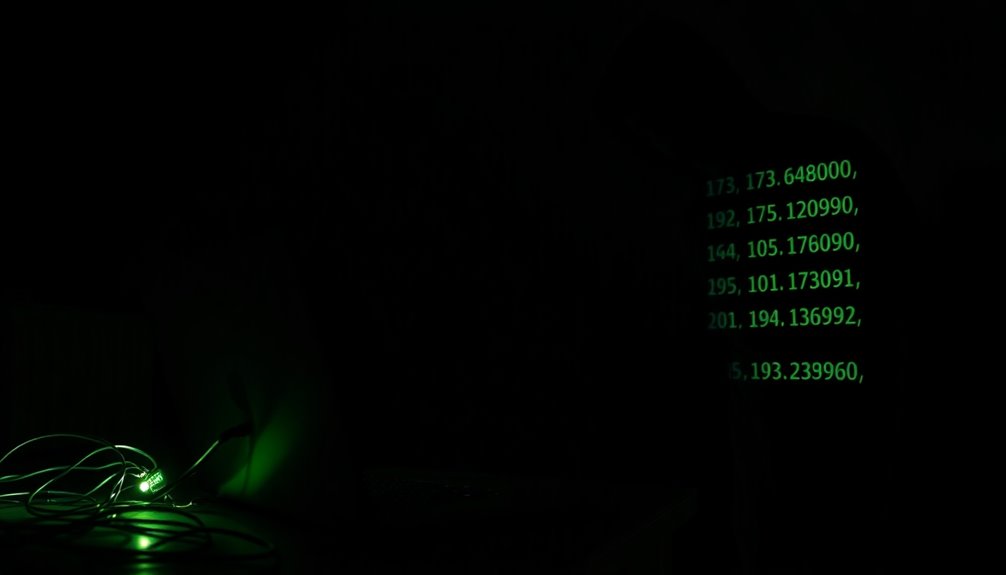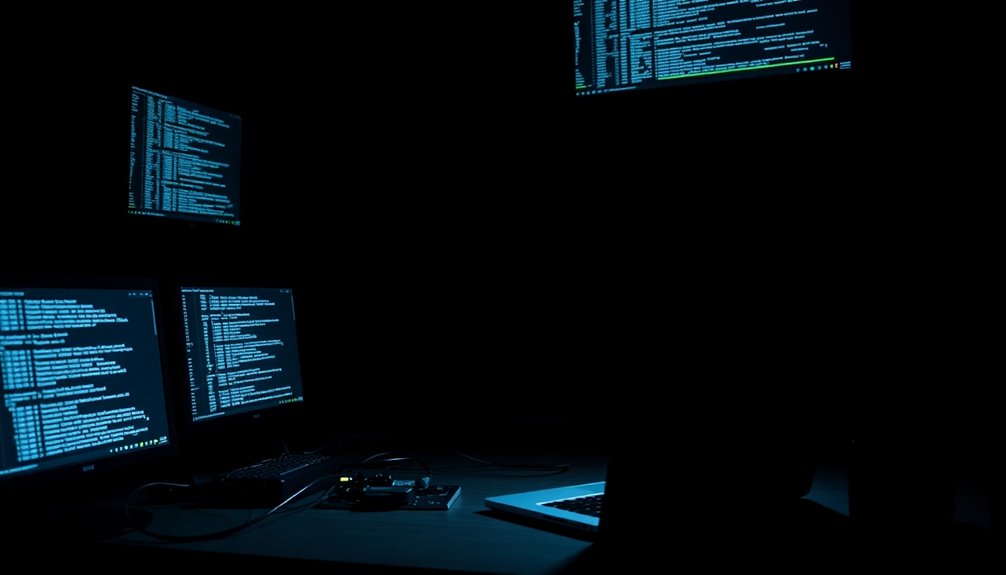
As the threat landscape evolves, the Fog ransomware gang has taken a chilling step by publicly releasing victim IP addresses on the Dark Web. This tactic not only increases psychological pressure on victims but also invites potential further attacks from other malicious actors. By making these IP addresses visible, Fog enhances the traceability of its attacks, exposing companies to greater scrutiny and signaling vulnerabilities to rival criminal groups.
Primarily targeting industries like education, recreation, and finance, Fog has a notable focus on US educational institutions. However, they don’t discriminate; business services and technology firms are also on their radar. This gang exploits vulnerabilities wherever they arise, with high-risk sectors like manufacturing and government increasingly falling victim to their schemes. The group operates under a Ransomware-as-a-Service (RaaS) model, utilizing compromised VPN credentials for initial access to networks. Once inside, the malware encrypts data on both Windows and Linux systems, often leading to data exfiltration and extortion. Fog Ransomware encrypts data on both Windows and Linux systems within approximately two hours.
Fog ransomware primarily targets education, recreation, and finance, exploiting vulnerabilities across various sectors, including high-risk industries like manufacturing and government.
With over half of the known victims in the US, Fog’s geographical reach is significant, extending to countries like Germany, Australia, Brazil, and Canada. However, they avoid regions like Russia and China, hinting at possible ties to Russian-speaking cyber actors. The attacks have impacted a variety of sectors globally, creating a daunting landscape for organizations unprepared for such threats.
The repercussions of publishing victim IP addresses are severe. Not only do victims face heightened psychological pressure to comply with ransom demands, but they also risk regulatory penalties and the possibility of further attacks. This tactic serves as a fear-driven marketing strategy, making organizations think twice before resisting demands. The double extortion model maximizes pressure, amplifying financial losses and operational disruptions for those targeted.
As Fog ransomware continues to evolve, implementing effective defensive measures becomes crucial. Providing cybersecurity training for employees, maintaining regular backups in isolated networks, and installing reliable security solutions on corporate devices are essential steps you must take.
Utilizing Extended Detection and Response (XDR) solutions can bolster your defenses, while outsourcing threat detection and response can provide additional support.
In this ever-evolving digital threat landscape, early detection and robust security practices are vital. By integrating threat intelligence, you can minimize the impact of potential attacks and better prepare your organization for the challenges ahead.









